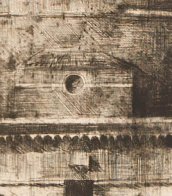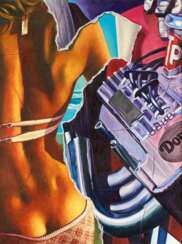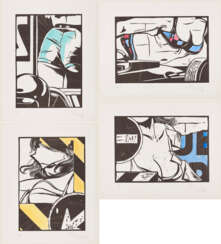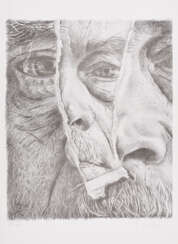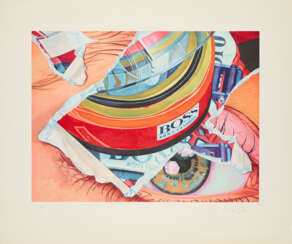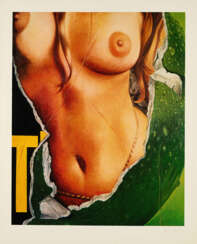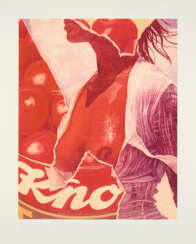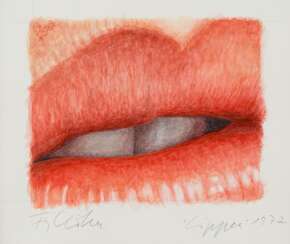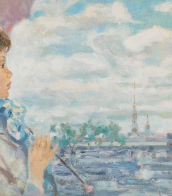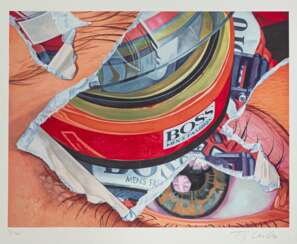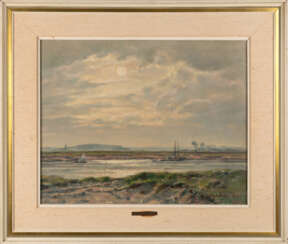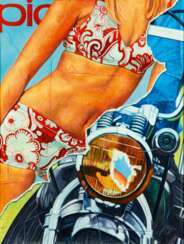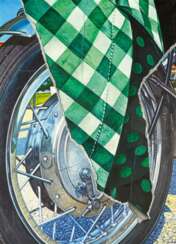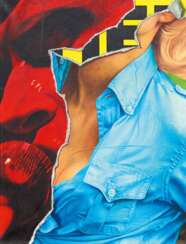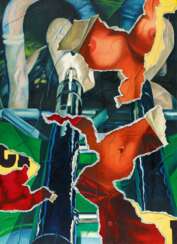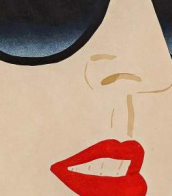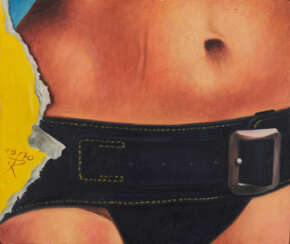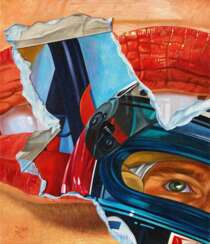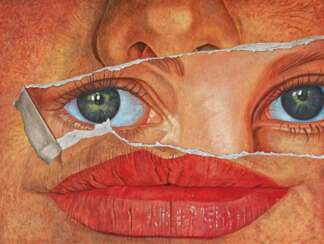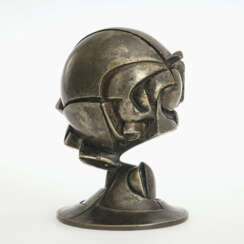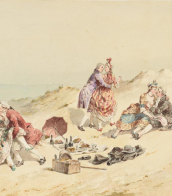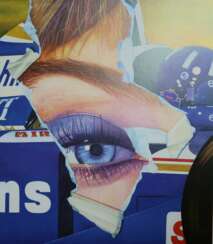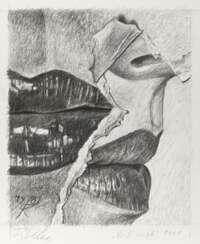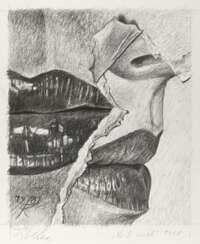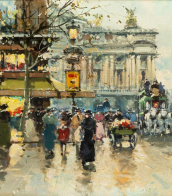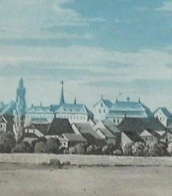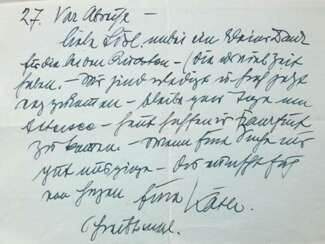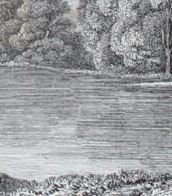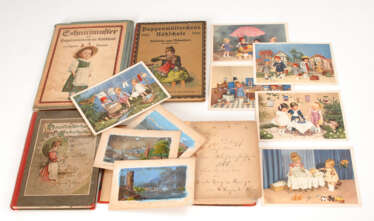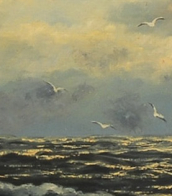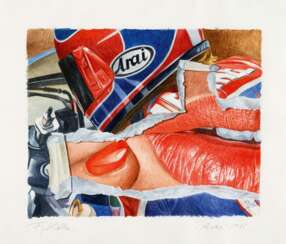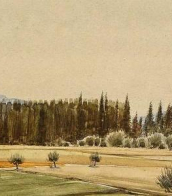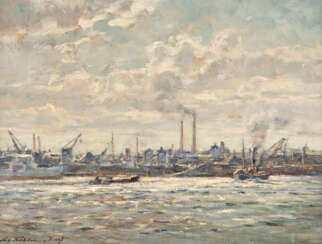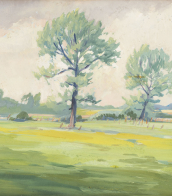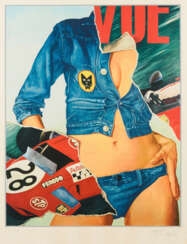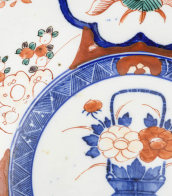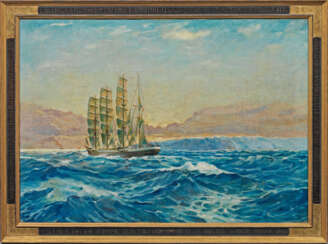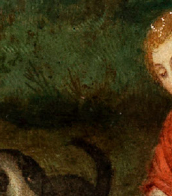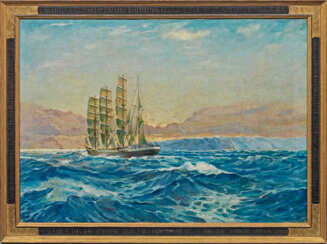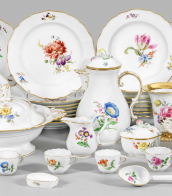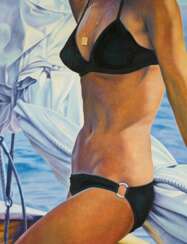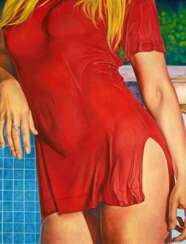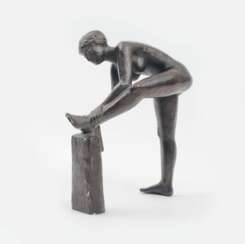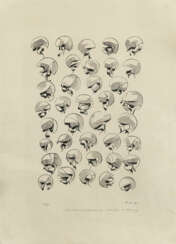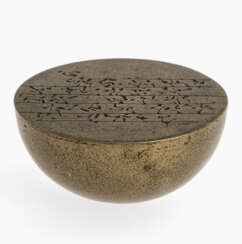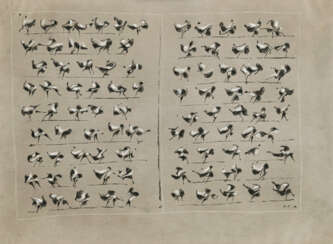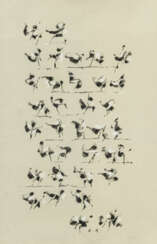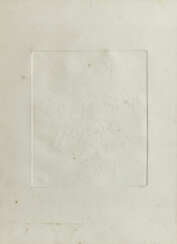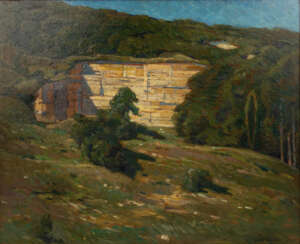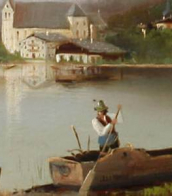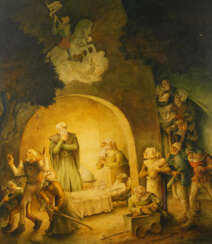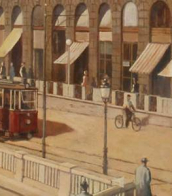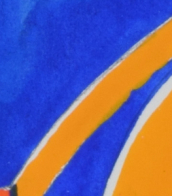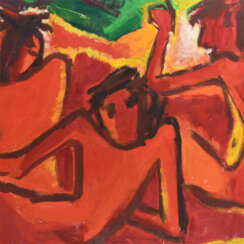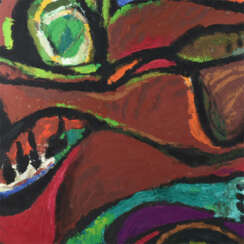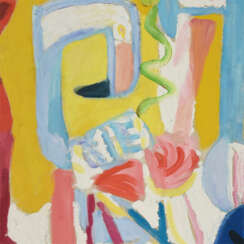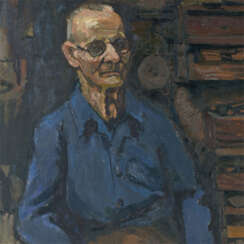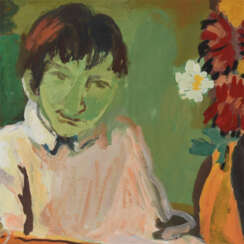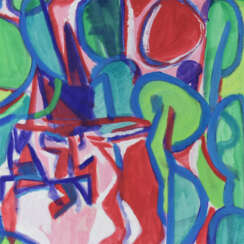fritz köthe

Fritz Köthe — German painter and graphic artist, is considered one of the most important representatives of German pop art and photorealism.
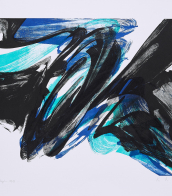

Fritz Köthe — German painter and graphic artist, is considered one of the most important representatives of German pop art and photorealism.
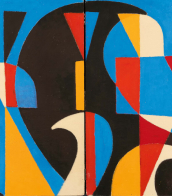

Fritz Köthe — German painter and graphic artist, is considered one of the most important representatives of German pop art and photorealism.
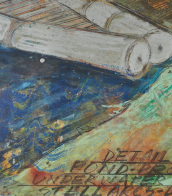

Fritz Köthe — German painter and graphic artist, is considered one of the most important representatives of German pop art and photorealism.


Fritz Köthe — German painter and graphic artist, is considered one of the most important representatives of German pop art and photorealism.


Fritz Köthe — German painter and graphic artist, is considered one of the most important representatives of German pop art and photorealism.
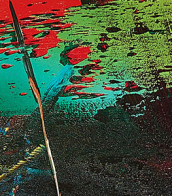

Fritz Köthe — German painter and graphic artist, is considered one of the most important representatives of German pop art and photorealism.
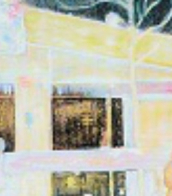

Fritz Köthe — German painter and graphic artist, is considered one of the most important representatives of German pop art and photorealism.


Fritz Köthe — German painter and graphic artist, is considered one of the most important representatives of German pop art and photorealism.


Fritz Köthe — German painter and graphic artist, is considered one of the most important representatives of German pop art and photorealism.


Fritz Köthe — German painter and graphic artist, is considered one of the most important representatives of German pop art and photorealism.
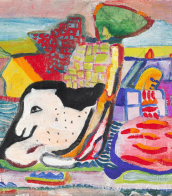
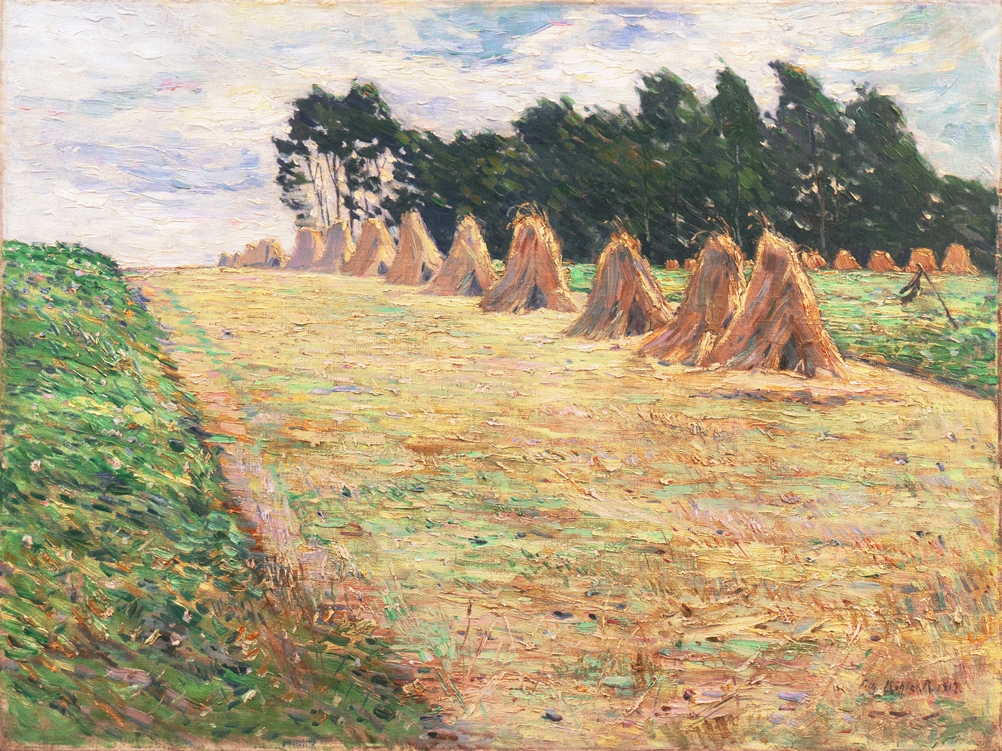
Fritz Köhler (birth name Friedrich Köhler) was a German marine and landscape painter.
As a young man, Köhler spent much time on merchant ships on the seas, then studied painting in Hamburg and Weimar. He painted coastal and rural landscapes in calm colors. Fritz Köhler was a member of the Imperial Association of Fine Artists in Germany and the Düsseldorf Malkasten Artists' Association, and participated in numerous exhibitions.
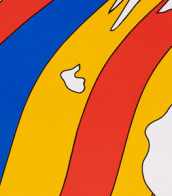

Fritz Köthe — German painter and graphic artist, is considered one of the most important representatives of German pop art and photorealism.


Fritz Köthe — German painter and graphic artist, is considered one of the most important representatives of German pop art and photorealism.
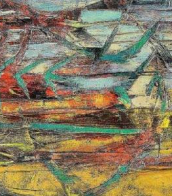

Fritz Köthe — German painter and graphic artist, is considered one of the most important representatives of German pop art and photorealism.

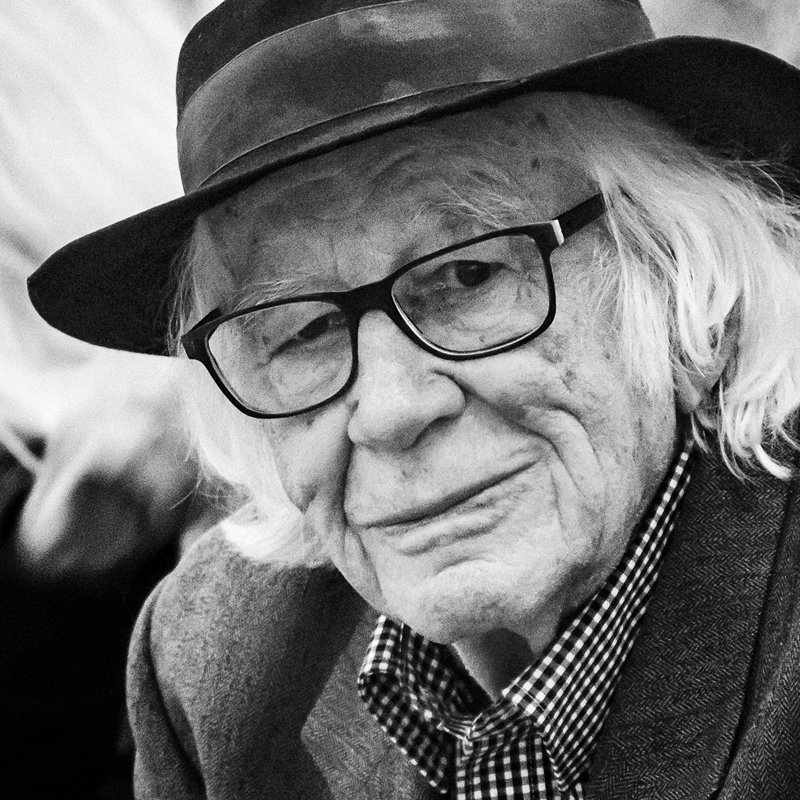
Fritz Koenig was a prominent German sculptor, recognized for his influential works in the 20th century. He studied art at the Academy of Fine Arts in Munich after World War II and later, in 1951, expanded his education in Paris on a scholarship. Koenig gained international fame, particularly for his monumental bronze sculpture, "The Sphere," originally located at the World Trade Center in New York City.
"The Sphere" became a symbol of resilience after surviving the 9/11 attacks, albeit with damage. Initially placed in Battery Park as an interim memorial, it now resides in Liberty Park, serving as a poignant reminder of endurance amidst devastation. Koenig's work delves into themes of human and animal existence, exploring the tensions between religiosity and mythology, and the fragile nature of life.
Throughout his career, Koenig participated in significant exhibitions like the Biennale in Venice and documenta in Kassel, and his works are displayed in permanent collections, such as the Hofberg Sculpture Museum in Landshut. Koenig's artistic legacy continues to inspire, embodying a deep contemplation of humanity's place in the world and the enduring spirit of art in the face of tragedy.
If you're intrigued by the artistic journey and significant works of Fritz Koenig, and wish to delve deeper into his contributions to modern sculpture, consider subscribing for updates. This subscription will keep you informed about exhibitions, sales of Koenig's works, and insightful articles that explore his artistic legacy. Stay connected to the world of art and ensure you don't miss out on the opportunity to learn more about this influential sculptor's impact on contemporary art.
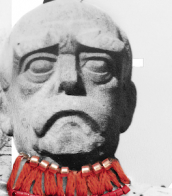

Fritz Köthe — German painter and graphic artist, is considered one of the most important representatives of German pop art and photorealism.
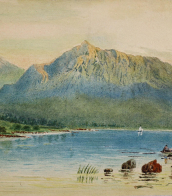

Fritz Köthe — German painter and graphic artist, is considered one of the most important representatives of German pop art and photorealism.


Fritz Köthe — German painter and graphic artist, is considered one of the most important representatives of German pop art and photorealism.
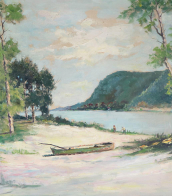

Fritz Köthe — German painter and graphic artist, is considered one of the most important representatives of German pop art and photorealism.


Fritz Köthe — German painter and graphic artist, is considered one of the most important representatives of German pop art and photorealism.


Fritz Köthe — German painter and graphic artist, is considered one of the most important representatives of German pop art and photorealism.

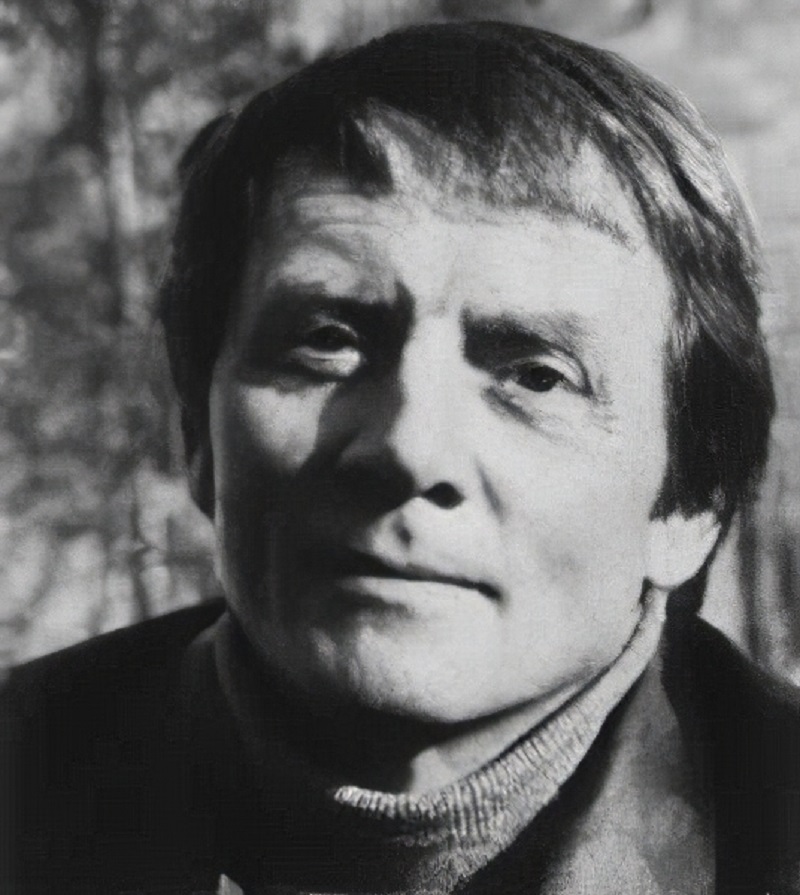
Fritz Fleer is a German painter and sculptor. He studied at the Hamburg University of Fine Arts in the class of Edwin Paul Scharf.
As independent artist, Fritz Fleer has been creating works for urban planning since the 1950s; in Hamburg he was commissioned for 17 sculptures by the municipal housing company SAGA.
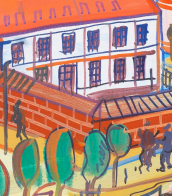

Fritz Koenig was a prominent German sculptor, recognized for his influential works in the 20th century. He studied art at the Academy of Fine Arts in Munich after World War II and later, in 1951, expanded his education in Paris on a scholarship. Koenig gained international fame, particularly for his monumental bronze sculpture, "The Sphere," originally located at the World Trade Center in New York City.
"The Sphere" became a symbol of resilience after surviving the 9/11 attacks, albeit with damage. Initially placed in Battery Park as an interim memorial, it now resides in Liberty Park, serving as a poignant reminder of endurance amidst devastation. Koenig's work delves into themes of human and animal existence, exploring the tensions between religiosity and mythology, and the fragile nature of life.
Throughout his career, Koenig participated in significant exhibitions like the Biennale in Venice and documenta in Kassel, and his works are displayed in permanent collections, such as the Hofberg Sculpture Museum in Landshut. Koenig's artistic legacy continues to inspire, embodying a deep contemplation of humanity's place in the world and the enduring spirit of art in the face of tragedy.
If you're intrigued by the artistic journey and significant works of Fritz Koenig, and wish to delve deeper into his contributions to modern sculpture, consider subscribing for updates. This subscription will keep you informed about exhibitions, sales of Koenig's works, and insightful articles that explore his artistic legacy. Stay connected to the world of art and ensure you don't miss out on the opportunity to learn more about this influential sculptor's impact on contemporary art.


Fritz Koenig was a prominent German sculptor, recognized for his influential works in the 20th century. He studied art at the Academy of Fine Arts in Munich after World War II and later, in 1951, expanded his education in Paris on a scholarship. Koenig gained international fame, particularly for his monumental bronze sculpture, "The Sphere," originally located at the World Trade Center in New York City.
"The Sphere" became a symbol of resilience after surviving the 9/11 attacks, albeit with damage. Initially placed in Battery Park as an interim memorial, it now resides in Liberty Park, serving as a poignant reminder of endurance amidst devastation. Koenig's work delves into themes of human and animal existence, exploring the tensions between religiosity and mythology, and the fragile nature of life.
Throughout his career, Koenig participated in significant exhibitions like the Biennale in Venice and documenta in Kassel, and his works are displayed in permanent collections, such as the Hofberg Sculpture Museum in Landshut. Koenig's artistic legacy continues to inspire, embodying a deep contemplation of humanity's place in the world and the enduring spirit of art in the face of tragedy.
If you're intrigued by the artistic journey and significant works of Fritz Koenig, and wish to delve deeper into his contributions to modern sculpture, consider subscribing for updates. This subscription will keep you informed about exhibitions, sales of Koenig's works, and insightful articles that explore his artistic legacy. Stay connected to the world of art and ensure you don't miss out on the opportunity to learn more about this influential sculptor's impact on contemporary art.


Fritz Koenig was a prominent German sculptor, recognized for his influential works in the 20th century. He studied art at the Academy of Fine Arts in Munich after World War II and later, in 1951, expanded his education in Paris on a scholarship. Koenig gained international fame, particularly for his monumental bronze sculpture, "The Sphere," originally located at the World Trade Center in New York City.
"The Sphere" became a symbol of resilience after surviving the 9/11 attacks, albeit with damage. Initially placed in Battery Park as an interim memorial, it now resides in Liberty Park, serving as a poignant reminder of endurance amidst devastation. Koenig's work delves into themes of human and animal existence, exploring the tensions between religiosity and mythology, and the fragile nature of life.
Throughout his career, Koenig participated in significant exhibitions like the Biennale in Venice and documenta in Kassel, and his works are displayed in permanent collections, such as the Hofberg Sculpture Museum in Landshut. Koenig's artistic legacy continues to inspire, embodying a deep contemplation of humanity's place in the world and the enduring spirit of art in the face of tragedy.
If you're intrigued by the artistic journey and significant works of Fritz Koenig, and wish to delve deeper into his contributions to modern sculpture, consider subscribing for updates. This subscription will keep you informed about exhibitions, sales of Koenig's works, and insightful articles that explore his artistic legacy. Stay connected to the world of art and ensure you don't miss out on the opportunity to learn more about this influential sculptor's impact on contemporary art.


Fritz Koenig was a prominent German sculptor, recognized for his influential works in the 20th century. He studied art at the Academy of Fine Arts in Munich after World War II and later, in 1951, expanded his education in Paris on a scholarship. Koenig gained international fame, particularly for his monumental bronze sculpture, "The Sphere," originally located at the World Trade Center in New York City.
"The Sphere" became a symbol of resilience after surviving the 9/11 attacks, albeit with damage. Initially placed in Battery Park as an interim memorial, it now resides in Liberty Park, serving as a poignant reminder of endurance amidst devastation. Koenig's work delves into themes of human and animal existence, exploring the tensions between religiosity and mythology, and the fragile nature of life.
Throughout his career, Koenig participated in significant exhibitions like the Biennale in Venice and documenta in Kassel, and his works are displayed in permanent collections, such as the Hofberg Sculpture Museum in Landshut. Koenig's artistic legacy continues to inspire, embodying a deep contemplation of humanity's place in the world and the enduring spirit of art in the face of tragedy.
If you're intrigued by the artistic journey and significant works of Fritz Koenig, and wish to delve deeper into his contributions to modern sculpture, consider subscribing for updates. This subscription will keep you informed about exhibitions, sales of Koenig's works, and insightful articles that explore his artistic legacy. Stay connected to the world of art and ensure you don't miss out on the opportunity to learn more about this influential sculptor's impact on contemporary art.


Fritz Koenig was a prominent German sculptor, recognized for his influential works in the 20th century. He studied art at the Academy of Fine Arts in Munich after World War II and later, in 1951, expanded his education in Paris on a scholarship. Koenig gained international fame, particularly for his monumental bronze sculpture, "The Sphere," originally located at the World Trade Center in New York City.
"The Sphere" became a symbol of resilience after surviving the 9/11 attacks, albeit with damage. Initially placed in Battery Park as an interim memorial, it now resides in Liberty Park, serving as a poignant reminder of endurance amidst devastation. Koenig's work delves into themes of human and animal existence, exploring the tensions between religiosity and mythology, and the fragile nature of life.
Throughout his career, Koenig participated in significant exhibitions like the Biennale in Venice and documenta in Kassel, and his works are displayed in permanent collections, such as the Hofberg Sculpture Museum in Landshut. Koenig's artistic legacy continues to inspire, embodying a deep contemplation of humanity's place in the world and the enduring spirit of art in the face of tragedy.
If you're intrigued by the artistic journey and significant works of Fritz Koenig, and wish to delve deeper into his contributions to modern sculpture, consider subscribing for updates. This subscription will keep you informed about exhibitions, sales of Koenig's works, and insightful articles that explore his artistic legacy. Stay connected to the world of art and ensure you don't miss out on the opportunity to learn more about this influential sculptor's impact on contemporary art.

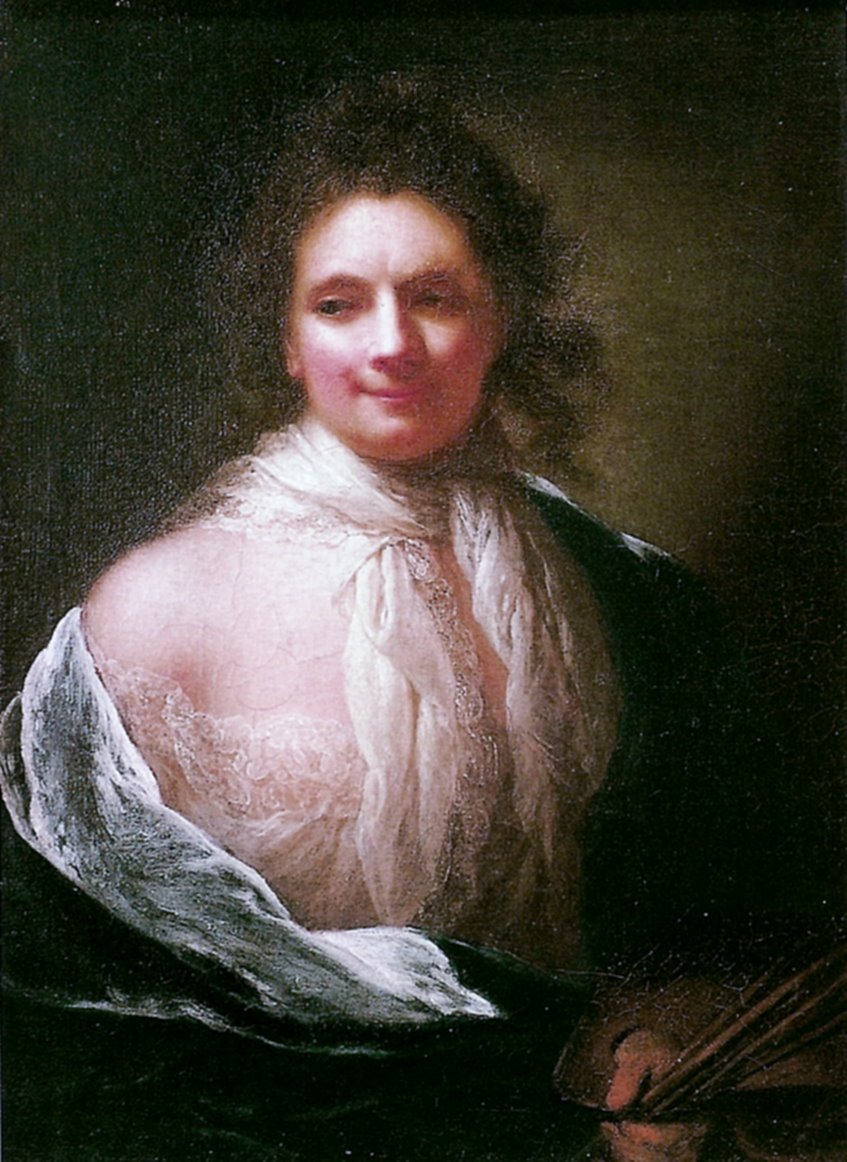
Anna Dorothea Therbusch, born Anna Dorothea Lisiewski, was a German artist who painted in the Rococo and Neoclassical style. More than two hundred of her works have survived, mostly portraits.
Anna Dorothea Turbusch was the first woman accepted into the Vienna Academy of Fine Arts. The artist was highly regarded for her ability to convey the likeness and character of her subjects. Her paintings were characterized by their refined style, meticulous attention to detail and the use of soft, gentle colours. She painted Prussian nobles, intellectuals and prominent figures of her time. At the commission of Russian Empress Catherine the Great, Terbusch painted life-size portraits of all members of the Prussian royal family. They are now in the State Hermitage Museum in St. Petersburg.
In addition to their technical mastery, the portraits by Terbusch were psychologically insightful, revealing the inner life and personality of the characters. Her work reflected the transition from the ornate and playful Rococo style to a more restrained and intellectual neo-classical aesthetic.
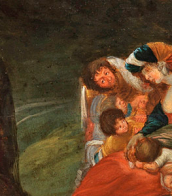

Fritz Köhler (birth name Friedrich Köhler) was a German marine and landscape painter.
As a young man, Köhler spent much time on merchant ships on the seas, then studied painting in Hamburg and Weimar. He painted coastal and rural landscapes in calm colors. Fritz Köhler was a member of the Imperial Association of Fine Artists in Germany and the Düsseldorf Malkasten Artists' Association, and participated in numerous exhibitions.
